Metabolism
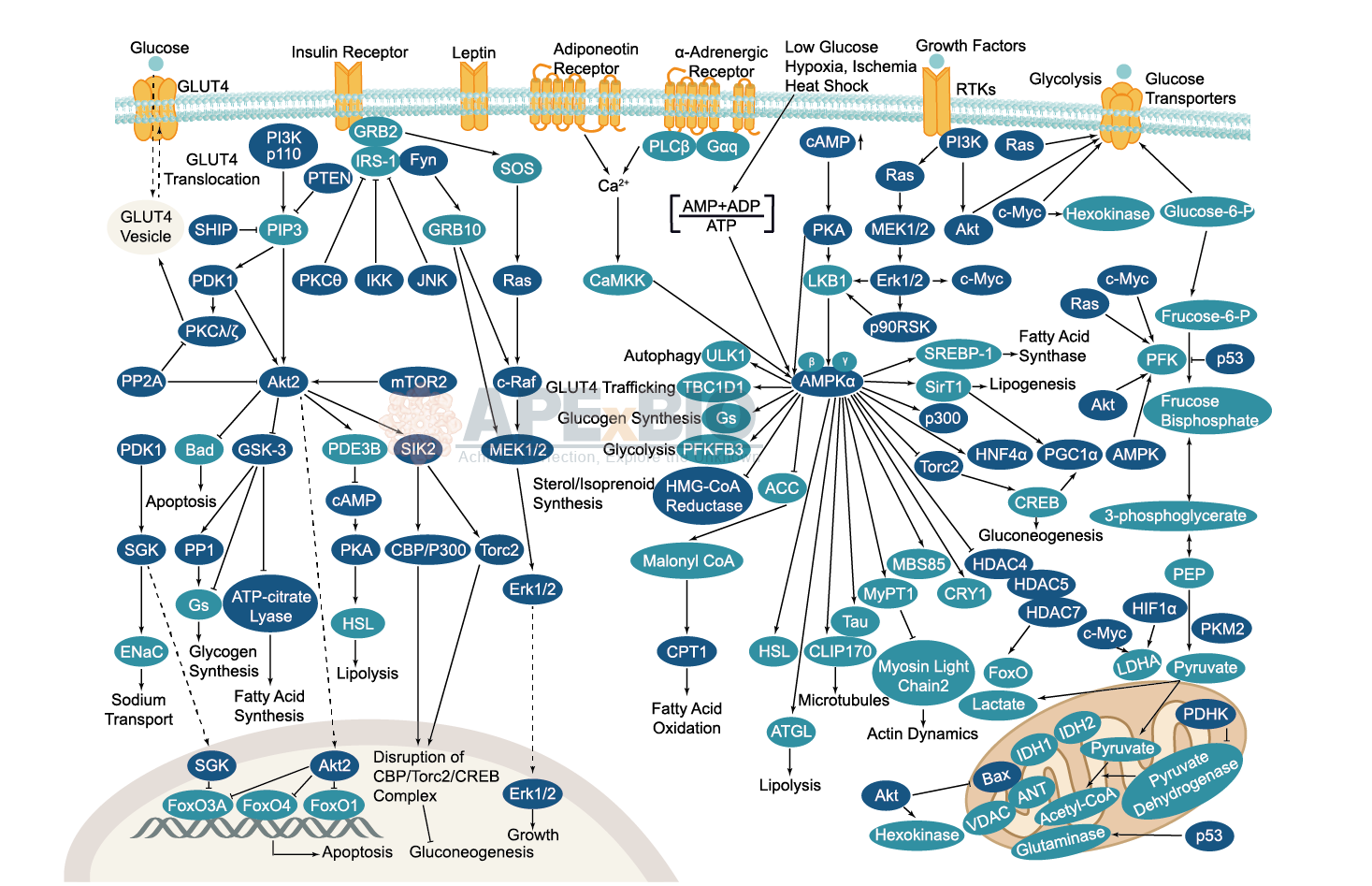
Serine/threonine kinase AMPK upregulates glucose uptake by promoting the expression and function of glucose transporters. AMPK is activated by increased AMP/ATP ratio, resulting from cellular and environmental stress, e.g. low glucose, heat shock, hypoxia and ischemia. AMPK activation positively modulates signaling transductions that refill ATP levels. Moreover, it also stimulates catabolic processes such as fatty acid oxidation and glycolysis through inhibition of ACC and activation of PFK2. AMPK negatively regulates various proteins which are important to ATP-consuming mechanisms, e.g. mTORC2, glycogen synthase, SREBP-1, and TSC2, causing the downregulation/inhibition of gluconeogenesis and glycogen, lipid and protein synthesis.
-
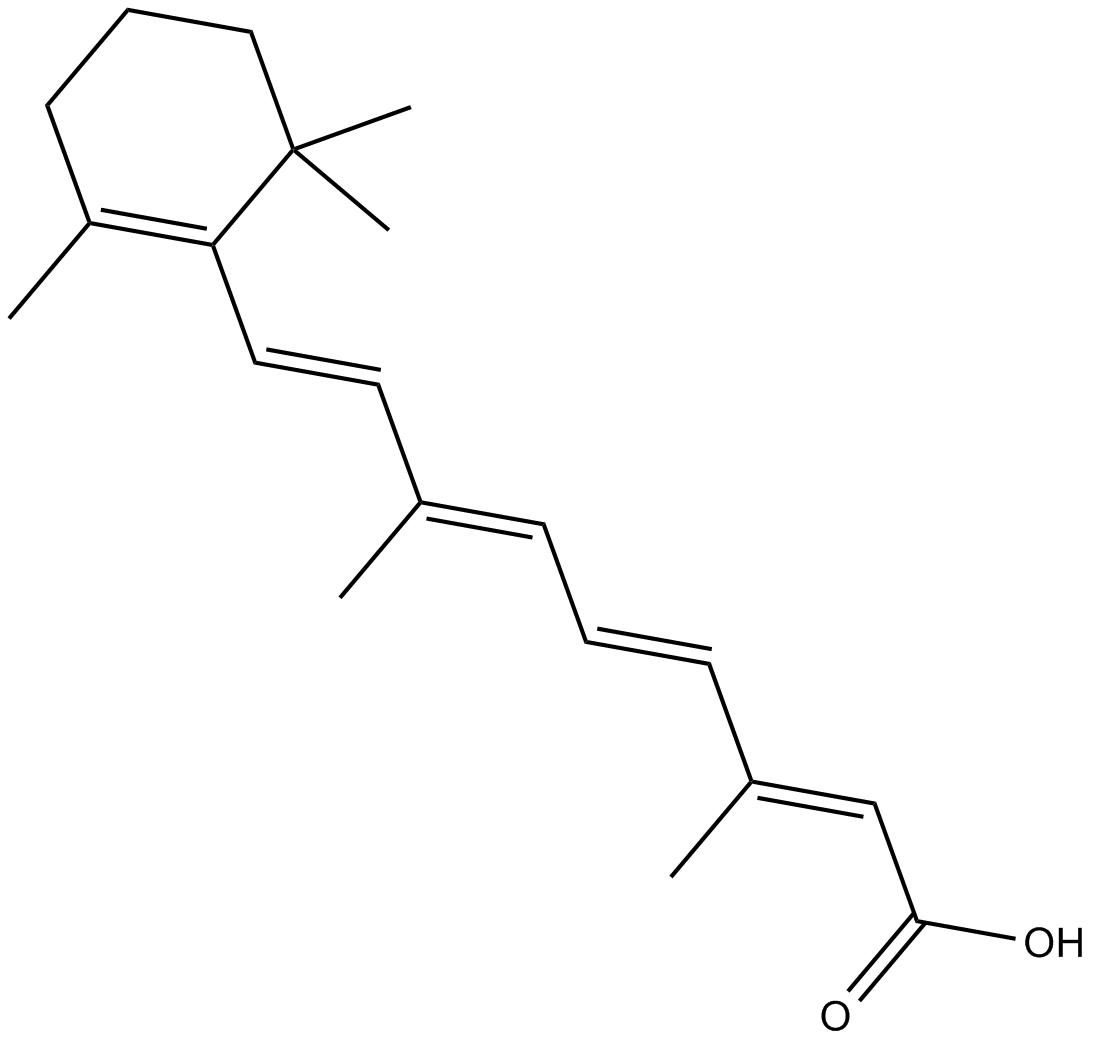 A4330 IsotretinoinTarget: RARsSummary: Dopamine β-hydroxylase activator
A4330 IsotretinoinTarget: RARsSummary: Dopamine β-hydroxylase activator -
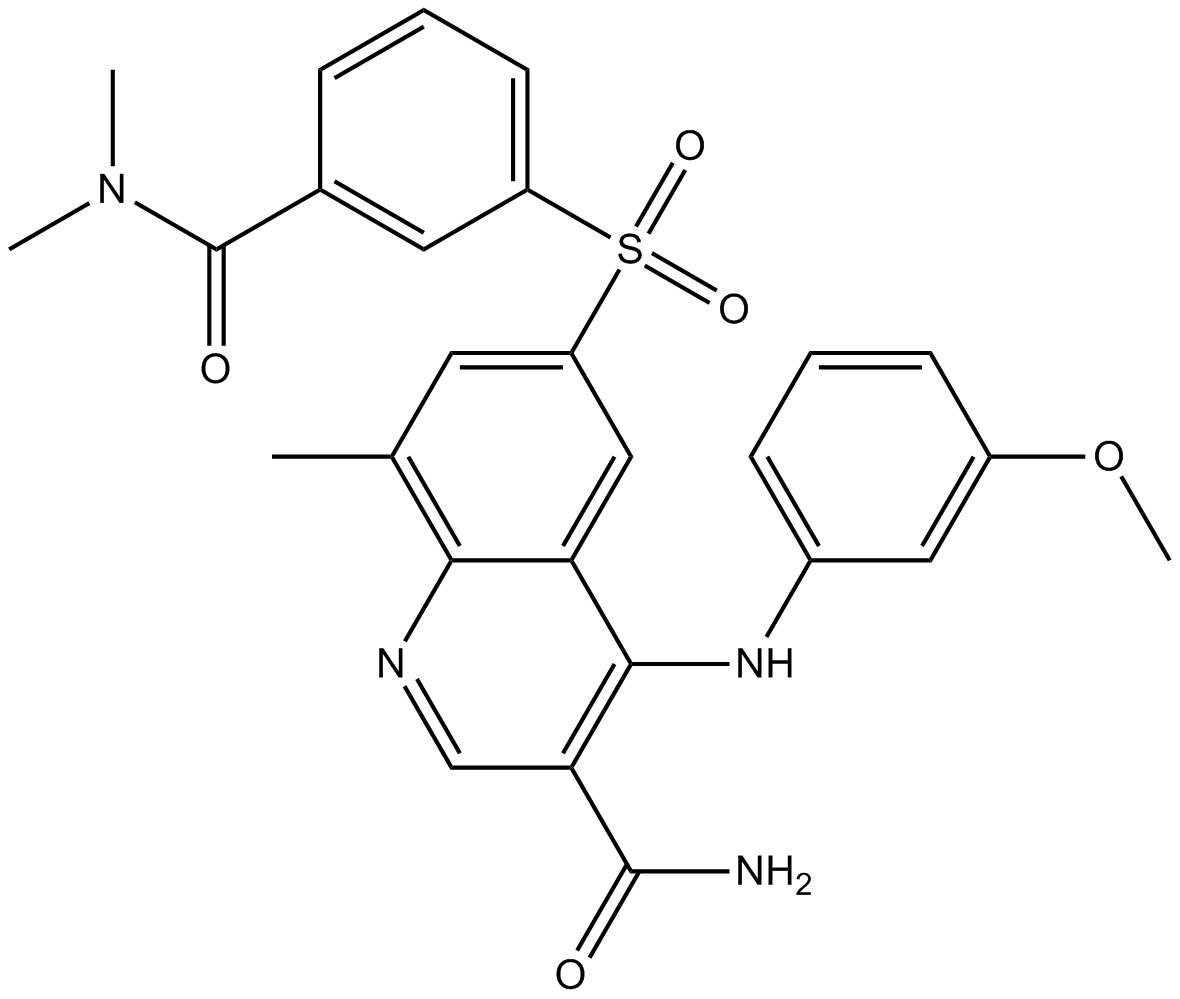 A4331 GSK256066Summary: PDE4-inhibitor, selective and highly potent
A4331 GSK256066Summary: PDE4-inhibitor, selective and highly potent -
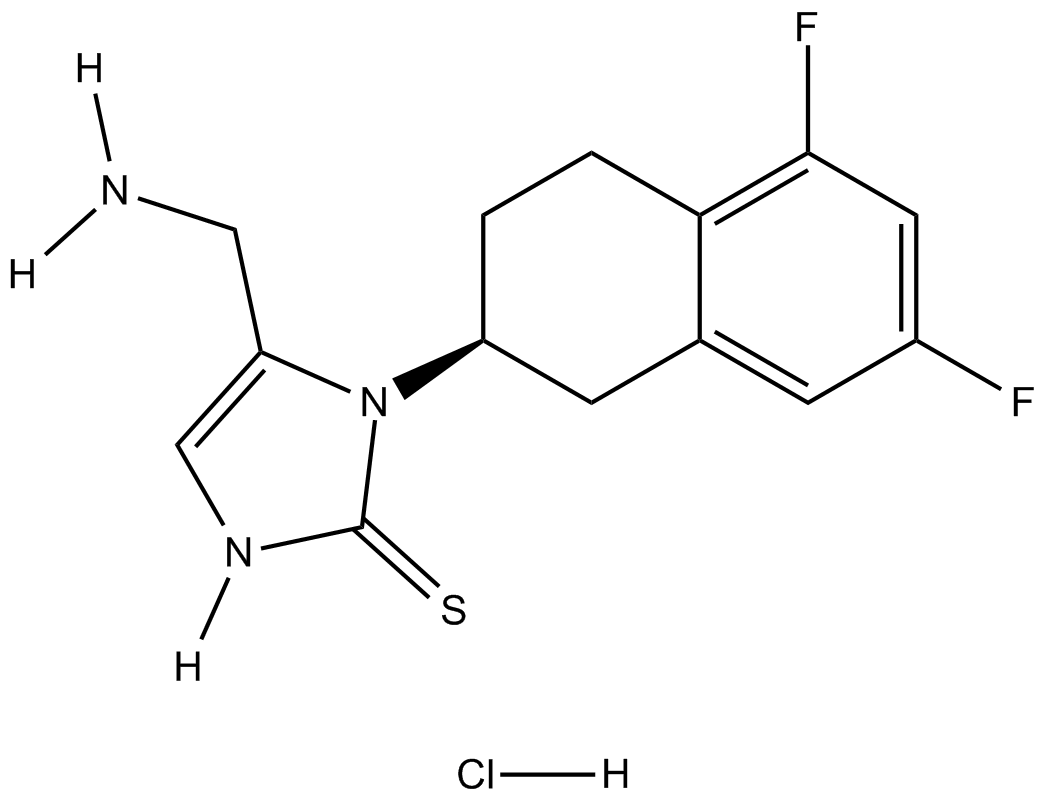 A4332 Nepicastat (SYN-117) HClSummary: Dopamine-β-hydroxylase inhibitor
A4332 Nepicastat (SYN-117) HClSummary: Dopamine-β-hydroxylase inhibitor -
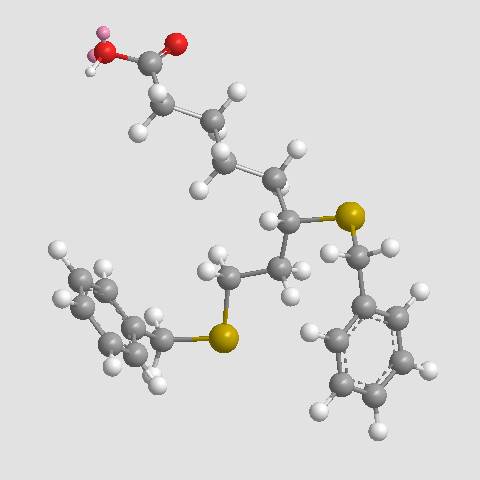 A4333 CPI-6131 CitationTarget: Pyruvate dehydrogenases (PDH)Summary: PDH/α-KGDH inhibitor
A4333 CPI-6131 CitationTarget: Pyruvate dehydrogenases (PDH)Summary: PDH/α-KGDH inhibitor -
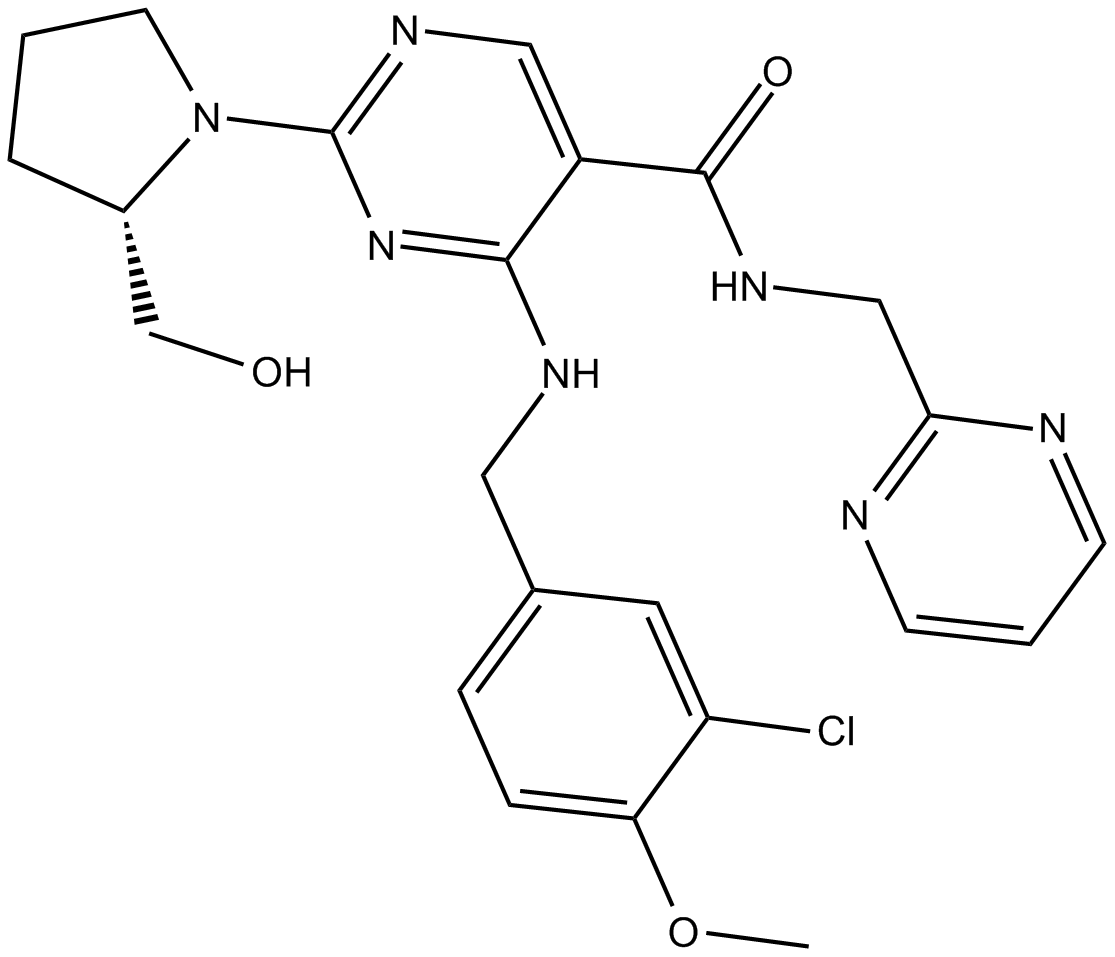 A4334 AvanafilTarget: Phosphodiesterases (PDEs)Summary: PDE5 inhibitor
A4334 AvanafilTarget: Phosphodiesterases (PDEs)Summary: PDE5 inhibitor -
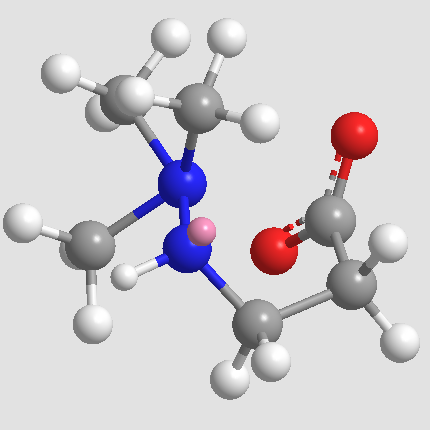 A4335 MildronateTarget: Hydroxylases|carnitine reabsorptionSummary: GBB hydroxylase inhibitor
A4335 MildronateTarget: Hydroxylases|carnitine reabsorptionSummary: GBB hydroxylase inhibitor -
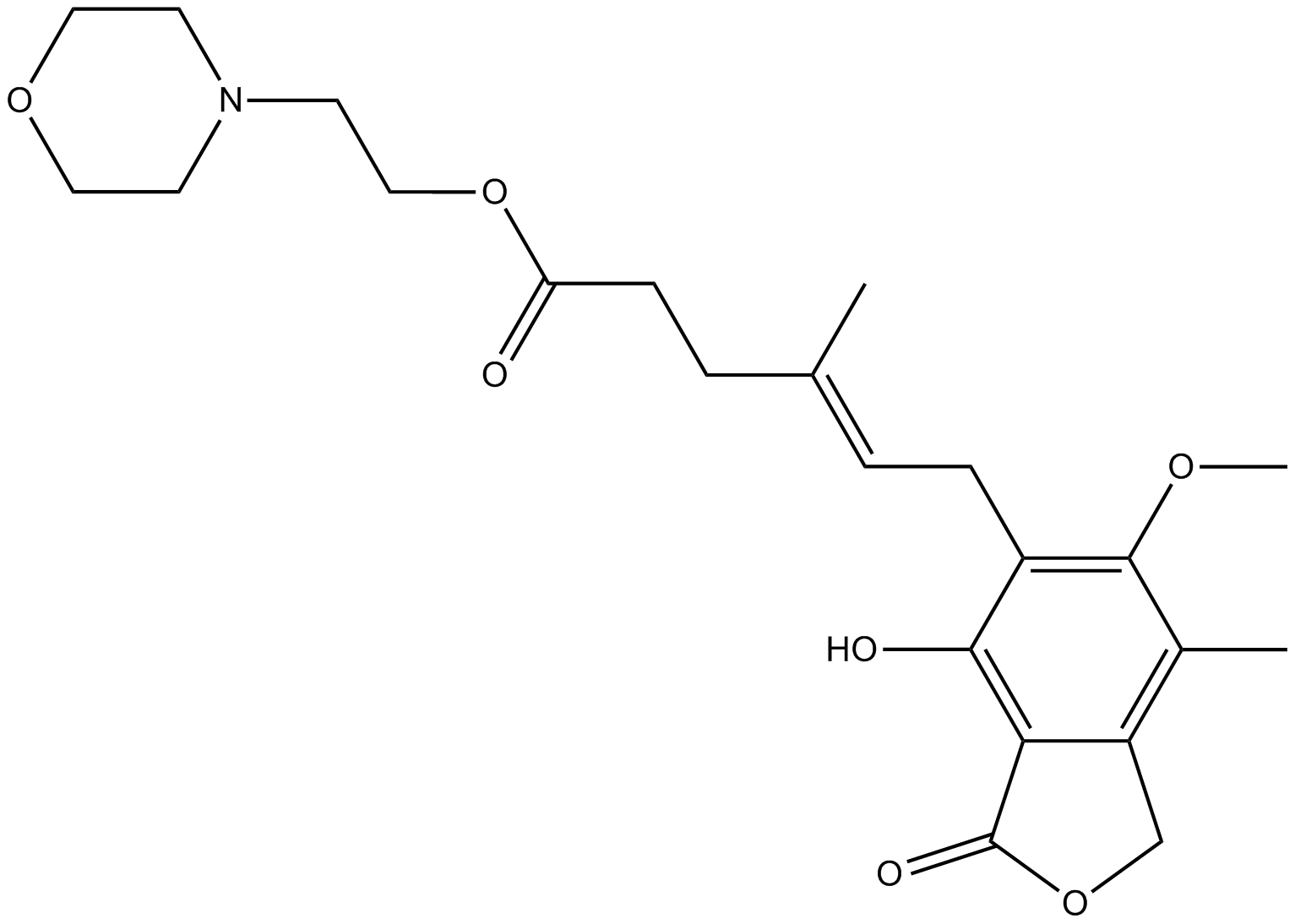 A4336 Mycophenolate MofetilSummary: IMPDH inhibitor
A4336 Mycophenolate MofetilSummary: IMPDH inhibitor -
 A4337 CilostazolSummary: PDE3 inhibitor
A4337 CilostazolSummary: PDE3 inhibitor -
 A4338 RivaroxabanTarget: Factor XaSummary: Factor Xa inhibitor
A4338 RivaroxabanTarget: Factor XaSummary: Factor Xa inhibitor -
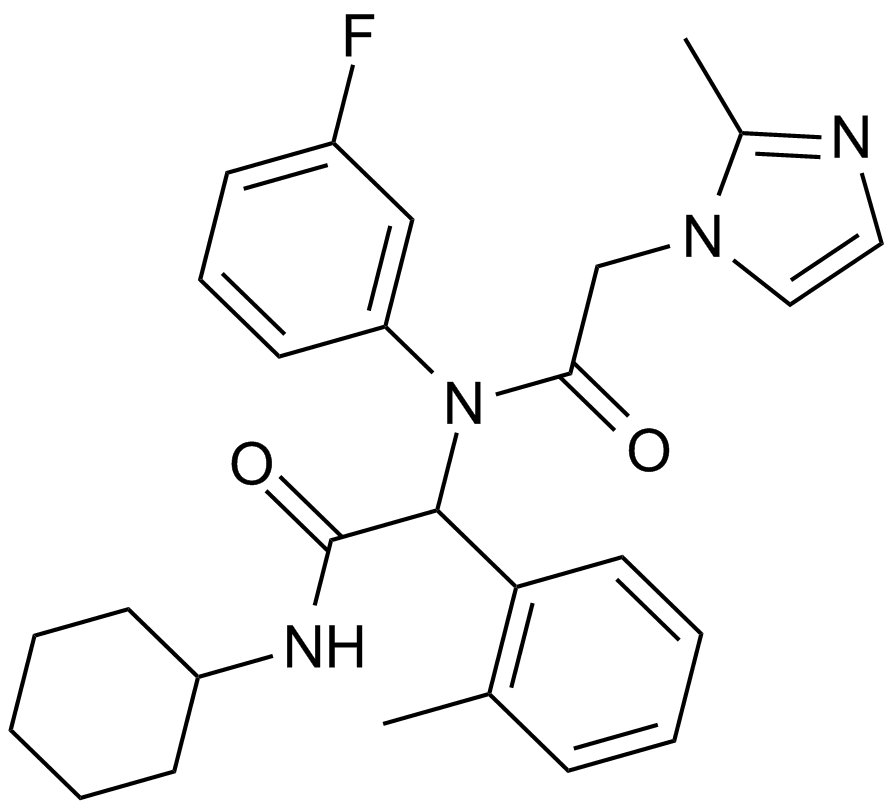 A4339 AGI-51981 CitationSummary: IDH1 inhibitor against R132 mutant,selective and cell-permeable
A4339 AGI-51981 CitationSummary: IDH1 inhibitor against R132 mutant,selective and cell-permeable

